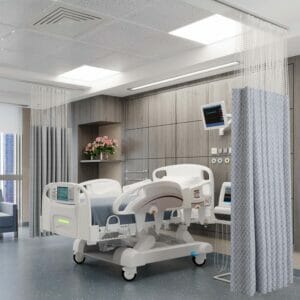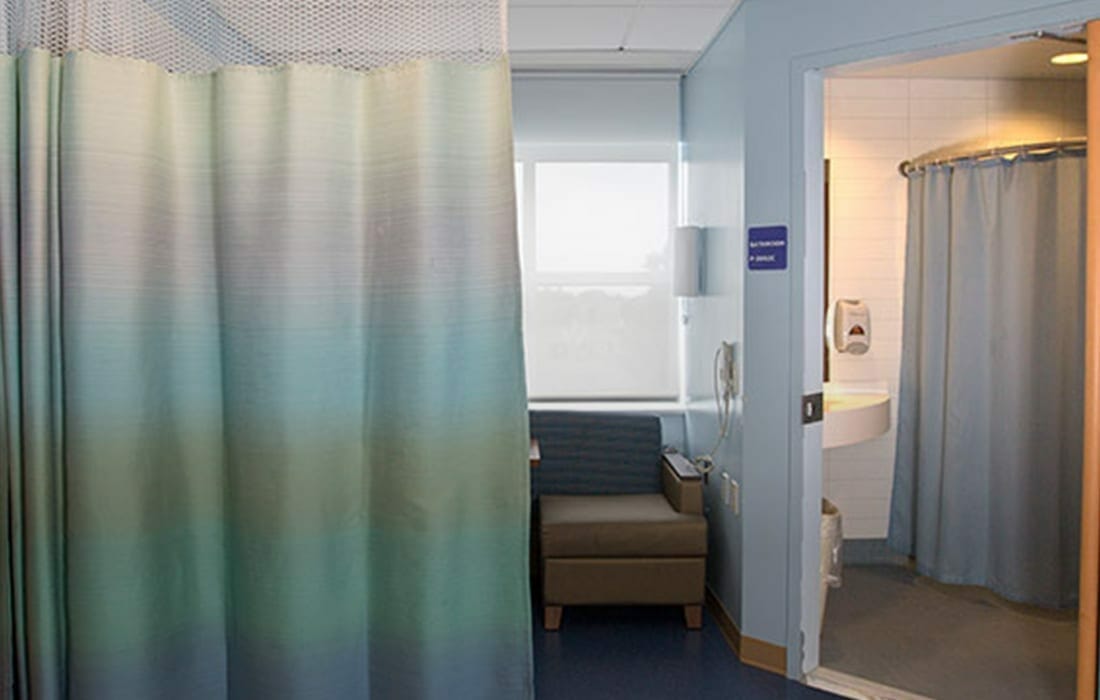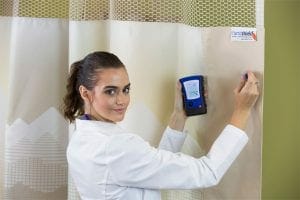Infection prevention is not just a healthcare priority—it’s a regulatory mandate. In hospitals, long-term care facilities, ambulatory surgical centers, and other patient-facing environments, infection control standards dictate how every surface, tool, and barrier must be maintained. While much focus is placed on hand hygiene, environmental cleaning, and sterilization of medical equipment, one critical item often escapes scrutiny: privacy curtains.
Soft surfaces like privacy curtains are frequent points of contact in patient care zones, and they’re known to harbor harmful pathogens if not cleaned or replaced routinely. Yet, managing curtain maintenance at scale can be resource-heavy and inconsistent. This is why privacy curtain rental programs are becoming an increasingly strategic choice for healthcare organizations striving to meet infection control standards with efficiency and ease.
This blog explores how the rental model supports infection control compliance, helps facilities stay audit-ready, and promotes safer environments without putting additional strain on internal teams or budgets.
Understanding the Role of Privacy Curtains in Infection Risk
Privacy curtains are designed to enhance patient dignity and create functional divisions in healthcare settings. However, they also serve as high-touch surfaces—patients, clinicians, housekeeping staff, and visitors may all come into contact with them during a patient’s stay.
Research has shown that curtains can become contaminated with pathogens such as:
-
Methicillin-resistant Staphylococcus aureus (MRSA)
-
Vancomycin-resistant Enterococci (VRE)
-
Clostridioides difficile (C. diff)
-
Multi-drug resistant Gram-negative organisms
These bacteria can persist on fabric surfaces for days or even weeks, creating opportunities for cross-contamination and healthcare-associated infections (HAIs). If curtains aren’t changed regularly, or if cleaning protocols aren’t well-documented, facilities risk falling out of compliance with CDC and Joint Commission infection control expectations.
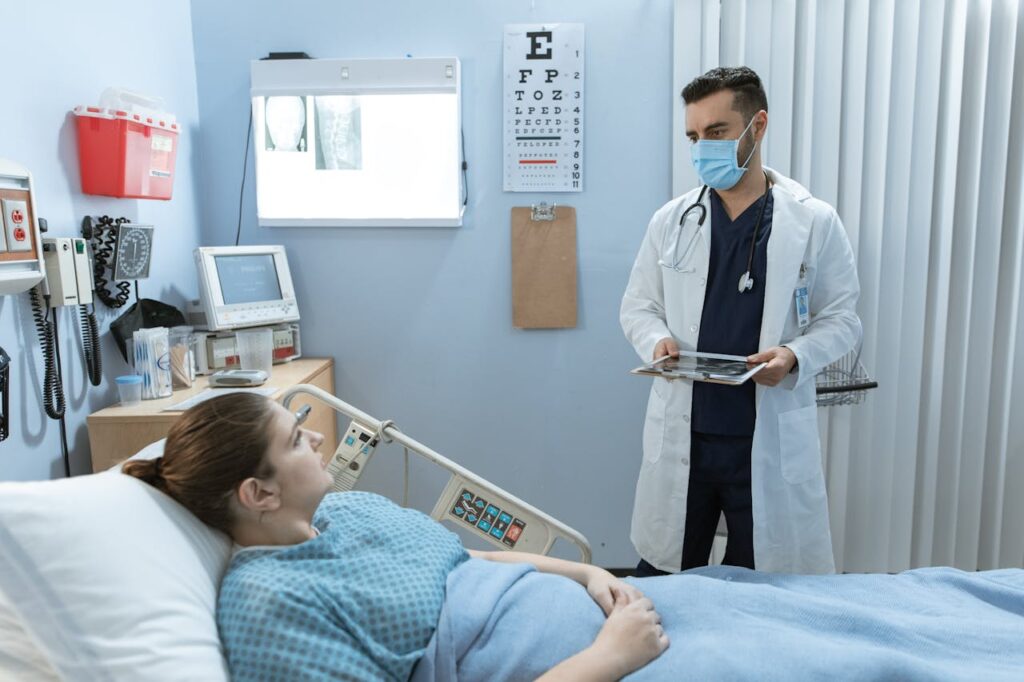
The Complexity of Managing Curtain Hygiene In-House
For facilities that own and manage their own curtain inventory, maintaining a compliant hygiene routine poses several challenges:
-
Inconsistent change frequency: Curtain cleaning is often reactive, triggered by visible soilage rather than scheduled preventive care.
-
Lack of tracking systems: Manual records of when and where curtains were last cleaned are prone to error or omission.
-
Staffing constraints: In-house laundry or environmental services teams may lack the time or resources to prioritize curtain maintenance.
-
Storage issues: On-site space is required to store clean inventory, which limits availability and responsiveness.
These factors make it difficult for facility leaders to guarantee that infection control protocols around curtain usage are being followed—especially in high-turnover units like emergency departments or post-operative wards.
To mitigate this, more facilities are turning to privacy curtain rental services as a practical infection prevention solution.
How Curtain Rental Services Simplify Infection Control
A curtain rental program provides a managed, outsourced service that handles everything from curtain installation and change-outs to laundering and compliance documentation. Here’s how this model supports—and often enhances—infection control efforts.
1. Scheduled Cleaning That Aligns with Compliance Guidelines
One of the most significant advantages of renting privacy curtains is routine, scheduled cleaning based on infection control protocols. Instead of relying on ad-hoc or symptom-driven curtain replacement, a rental provider creates a predetermined service schedule tailored to the facility’s usage patterns, room types, and risk profiles.
Curtains can be cleaned and changed on intervals that support:
-
CDC recommendations
-
Joint Commission standards
-
Internal infection control policies
-
Special protocols for isolation rooms
These automatic cycles reduce human error and ensure that curtain hygiene never falls behind—an essential step in reducing surface contamination risk.
2. On-Demand Curtain Replacements for Immediate Response
Aside from routine maintenance, curtain rental services also enable quick change-outs in response to visible contamination, discharge cleaning, or infection control events. Providers maintain surplus inventory so that fresh curtains are always available on short notice.
This is particularly critical in emergency departments, where patient turnover is high and curtains frequently need replacing. As discussed in the blog on the importance of privacy curtains in emergency departments, the ability to rapidly change contaminated curtains is key to protecting both patients and staff in high-risk zones.
Rental services remove the delay that often occurs when clean replacements aren’t immediately on hand, significantly improving response time and reducing cross-contamination risk.
3. Centralized Documentation and Reporting
Healthcare facilities are required to maintain records that verify infection control practices. Curtain hygiene is no exception. Rental services often provide digital tracking and documentation systems that help facilities meet this demand effortlessly.
Features include:
-
Curtain-specific cleaning logs
-
Service date tracking
-
Inventory location monitoring
-
Reporting dashboards for audits
This level of traceability enhances transparency and ensures your facility is always prepared for inspections. It also helps infection preventionists and quality teams monitor compliance trends across units.
4. Hygienic Laundering Standards
Not all laundry processes are created equal. Curtain rental services use commercial-grade laundering that meets or exceeds healthcare disinfection standards. This includes:
-
High-temperature washing cycles
-
Disinfectant detergents
-
Separation of clean and soiled materials
-
Controlled drying and packaging environments
These practices reduce the microbial load on each curtain and ensure that when it’s returned to your facility, it meets the hygiene criteria necessary for patient contact.
Unlike in-house laundering, which may lack the equipment or procedures to fully sanitize fabrics, outsourced laundering ensures a higher and more consistent level of cleanliness.
5. Standardized Inventory Controls
Managing your own curtain inventory can create logistical headaches, from keeping track of curtain types and sizes to replacing damaged units. Rental programs standardize this process by:
-
Providing uniform curtain types matched to room needs
-
Managing replacements for torn, stained, or damaged units
-
Rotating in clean curtains as needed without extra cost
-
Ensuring availability of antimicrobial or flame-retardant options
By offloading inventory oversight to a service provider, facilities ensure that they’re always working with clean, functional, and compliant products—without sacrificing operational flexibility.
6. Built-in Loss Protection
Many rental agreements include loss reserve protection, covering curtains that are damaged, stolen, or otherwise removed from circulation. This built-in feature eliminates unexpected replacement costs and supports seamless infection control by allowing curtains to be removed and replaced without financial hesitation.
Facilities no longer delay curtain change-outs due to cost concerns, which can compromise safety standards. Instead, the rental model promotes immediate action when hygiene or visual integrity is in question.
Supporting a Culture of Compliance
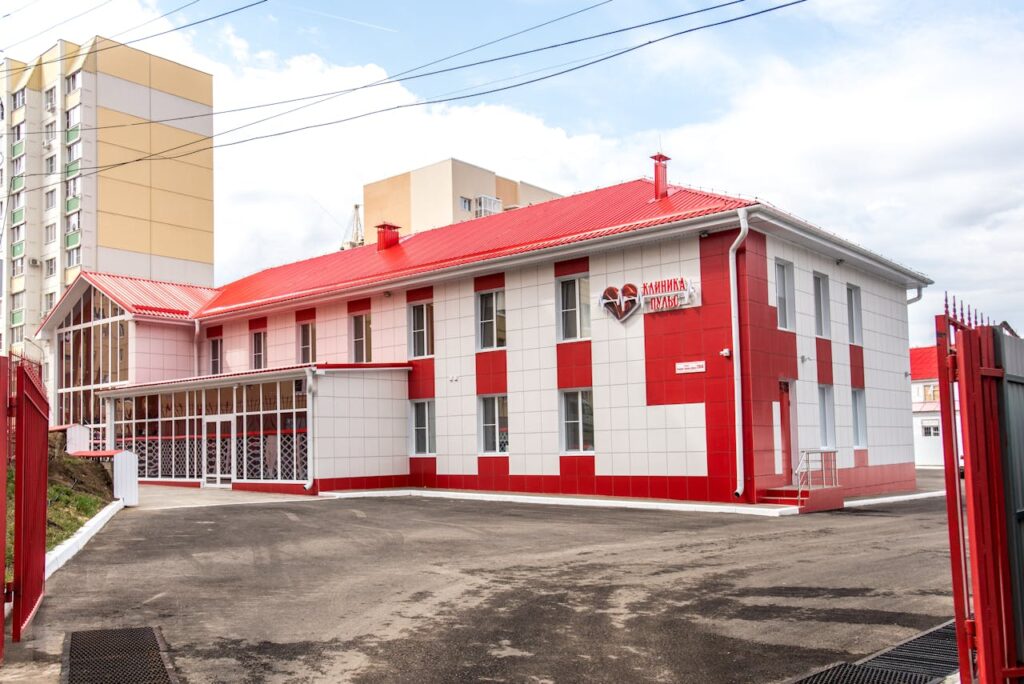
While curtain rental services provide the logistics and infrastructure needed for infection control, they also support a culture of proactive compliance. This matters deeply in environments where safety is central to the mission.
For example, during routine infection control training, staff can be educated on curtain replacement protocols with confidence that an infrastructure is already in place to back them. Compliance becomes not just an expectation but an operational reality.
This cultural alignment between infection prevention goals and operational capabilities is what elevates high-performing facilities above others. Rental programs remove friction between policy and execution.
Infection Control Is More Than a Task—It’s a System
When we look at infection control holistically, it becomes clear that it’s not about individual tasks—it’s about creating a system where all elements work together. Curtain hygiene is just one part of that system, but a crucial one.
When curtains are part of a managed rental program, the infection control system becomes:
-
Proactive, with scheduled cleaning and tracking
-
Responsive, with immediate replacements for contaminated curtains
-
Reliable, with industrial-grade laundering and maintenance
-
Compliant, with documentation and quality assurance tools
-
Scalable, with flexible inventory and service models
In other words, it turns a traditionally burdensome area into a strength.
Addressing Infection Control Challenges in Specialized Settings
Certain healthcare environments have unique infection prevention needs. Rental curtain programs can be adapted to support:
-
Behavioral health units, with secure curtain designs
-
Dental and outpatient clinics, with compact inventory requirements
-
Long-term care homes, with routine low-risk cleaning cycles
-
Surgical and sterile zones, with heightened disinfection protocols
Each of these settings benefits from a solution tailored to their specific infection risk level and operational constraints. This customization is one of the reasons why facilities across North America are rethinking how they approach curtain hygiene.
To explore the broader operational benefits beyond infection control, see our blog on why privacy curtain rental is the smartest investment for modern healthcare facilities.
The HAIGuard™ Advantage
Choosing a privacy curtain rental program means choosing a partner in infection control. HAIGuard™ offers full-service curtain management solutions designed to help healthcare facilities meet hygiene, safety, and compliance standards without operational stress.
Services include:
-
Survey and measurement
-
Custom installation
-
Flexible service frequency
-
Commercial-grade laundering
-
Inventory management and reporting
-
Loss reserve protection
With tailored solutions for hospitals, clinics, long-term care, and outpatient facilities, HAIGuard™ supports the infection control practices that keep patients safe and facilities audit-ready.
From Compliance Burden to Operational Strength
Privacy curtain hygiene may not be the most visible aspect of infection control, but it’s a high-impact component with far-reaching implications. For many healthcare organizations, maintaining compliance has historically meant more work, more cost, and more confusion. The shift to privacy curtain rental transforms that burden into a strategic advantage.
By partnering with a trusted provider, you can streamline your infection control system, reduce risk exposure, and improve response time without expanding internal resources. It’s a smarter, safer, and more scalable approach for modern care environments.
As regulatory demands increase and patient safety remains paramount, now is the time to make infection control a strength rather than a struggle. Curtain rental programs aren’t just convenient—they’re essential.






